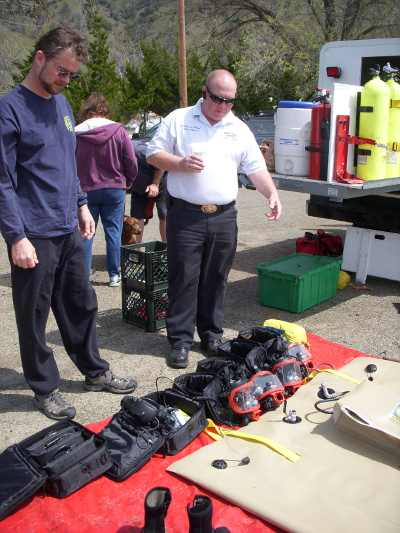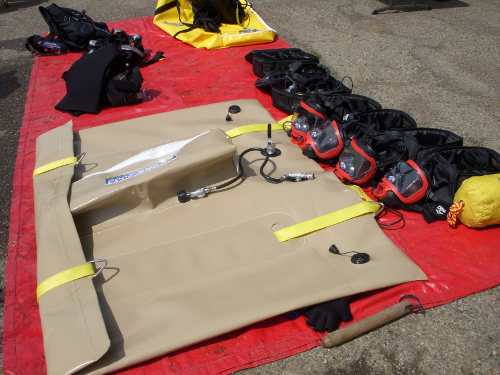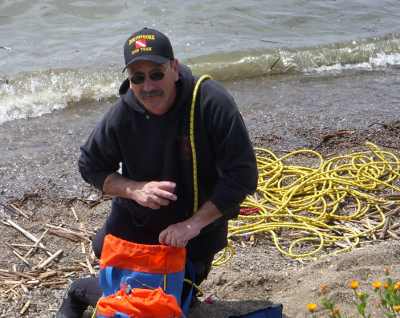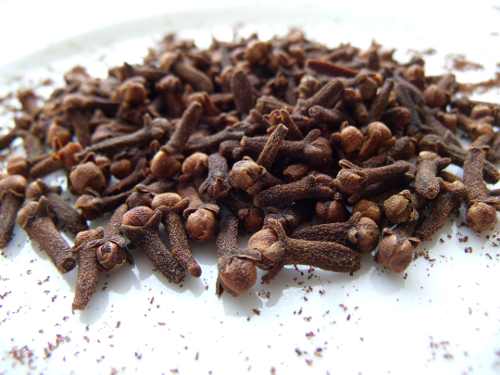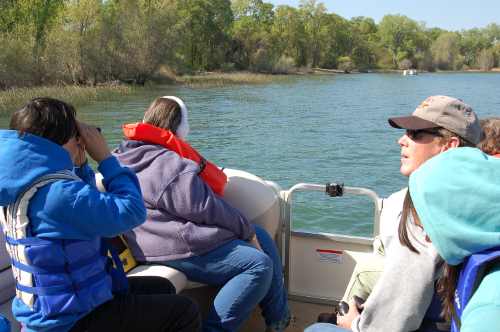- Elizabeth Larson
- Posted On
National county health rankings released; Lake improves slightly, still ranked low in state
LAKE COUNTY, Calif. – Lake County's residents continue to face challenges related to smoking, vehicle crashes and the need for more primary care physicians, according to a new assessment of county health rankings nationwide.
For the third year, the overall health and longevity of residents in more than 3,000 counties and the District of Columbia were ranked as part of the County Health Rankings.
The annual rankings are a project of the University of Wisconsin Population Health Institute and the Robert Wood Johnson Foundation, and can be found online at www.countyhealthrankings.org .
In the 2012 report, Lake County ranked 52 out of the 56 California that were ranked. Once again, Alpine and Sierra were not included.
“The County Health Rankings show us that much of what influences our health happens outside of the doctor’s office. In fact, where we live, learn, work and play has a big role in determining how healthy we are and how long we live,” said Risa Lavizzo-Mourey, M.D., M.B.A., president and chief executive officer of the Robert Wood Johnson Foundation, one of the annual study's sponsors.
“The good news,” Lavizzo-Mourey added, “is that businesses, health care providers, government, consumers and community leaders are already joining forces in communities across the nation to change some of the gaps that the rankings highlight.”
Based on the latest publicly-available data for each county, the annual rankings consider factors that affect people’s health within four categories: health behavior, clinical care, social and economic factors and physical environment.
Figuring into the overall calculations are what the institute and foundation term as “critical factors” including education rates, income levels, access to healthy foods and access to medical care.
The 2012 rankings include new features such as how many fast food restaurants are in a county, levels of physical inactivity among residents and graphs illustrating premature death trends over 10 years.
Ranking in the top five statewide were Marin, which returned at No. 1, along with Santa Clara, San Benito, Placer and San Mateo. Trinity County remained in last place.
While ranked near the bottom in 2012, Lake has improved from its 2010 ranking of 54 and its 2011 ranking of 53.
However, Lake County Health Officer Dr. Karen Tait raised concerns about making year-to-year comparisons on the rankings, noting that the data used for each year varies considerably.
“That said, I am somewhat encouraged by some trends toward improvement in some areas,” she told Lake County News.
For example, she pointed out that Lake County's “health outcomes” improved from 55 in 2010 to 52 in 2012. While “overall mortality” remained the same in 2012 as in 2011 – at 54 out of 56 counties rated – it was improved from 2010, when the county was ranked 55th statewide.
Tait pointed to “more substantial improvement” in the ranking for morbidity, or the incidence of disease, which was 45 in 2010, 43 in 2011 and in the newest rankings was 38 out of 56.
Lake County, Tait said, also faces “substantial challenges” in the rankings' “health factors” category, which covers smoking, motor vehicle crashes, high rates of unemployment and children living in poverty.
The rankings state that 20 percent of the county's adult population smokes. In addition, Lake has a motor vehicle collision fatality rate of 28 per 100,000 people; only Trinity, Calaveras and Mariposa counties have higher rates than Lake's in that category.
Another critical factor facing the county is the need for more primary care physicians. Based on her assessment of the rankings, Tait said the ratio of population to primary care physicians is very high – at 1,228 people per physician – compared to an overall state ratio of 847 people per physician.
To meet the national benchmark – 631 people to one physician – “We would need to double the number of primary care physicians,” Tait said.
Tait said a number of community groups, government agencies and citizens are trying to tackle problems such as tobacco use, obesity prevention, promotion of better nutrition, greater physical activity and management of chronic disease, and meet regularly as part of the Health Leadership Network.
“These efforts are taking place throughout the community, which is gratifying because I believe that community-wide awareness and individualized approaches are the keys to success,” she said.
Tait added, “It is difficult to directly or proportionately attribute changes in our rankings to these efforts, but I am really pleased to see the level of interest and effort to improve health in so many arenas throughout the county.”
While the county still faces many challenges, Tait said she's encouraged by the slight improvements in overall health outcomes, which have come despite the economic downturn in recent years, which has hit Lake County particularly hard.
“To me, this demonstrates that economic determinants of health, while significant, are not the sole drivers of health. A community that is determined to address other potentially controllable health risk factors can still make positive strides toward achieving better health,” said Tait, adding that she continues to be impressed with the resilience and creativity of Lake County residents in seeking out approaches that make sense and work for them.
On a regional basis, the rankings for Lake's neighboring counties included Colusa, 11; Yolo, 7; Sonoma, 12; Napa, 14; Glenn, 27; and Mendocino, 39.
Nationally, the rankings found distinct trends across specific regions.
Those trends included the findings that excessive drinking rates are highest in the northern states; rates of teen births, sexually transmitted infections and children in poverty are highest; unemployment rates are lowest in the northeastern, Midwest and central plains states; and motor vehicle crash deaths are lowest in the northeastern and upper Midwest states.
E-mail Elizabeth Larson at This email address is being protected from spambots. You need JavaScript enabled to view it. .

 How to resolve AdBlock issue?
How to resolve AdBlock issue? 